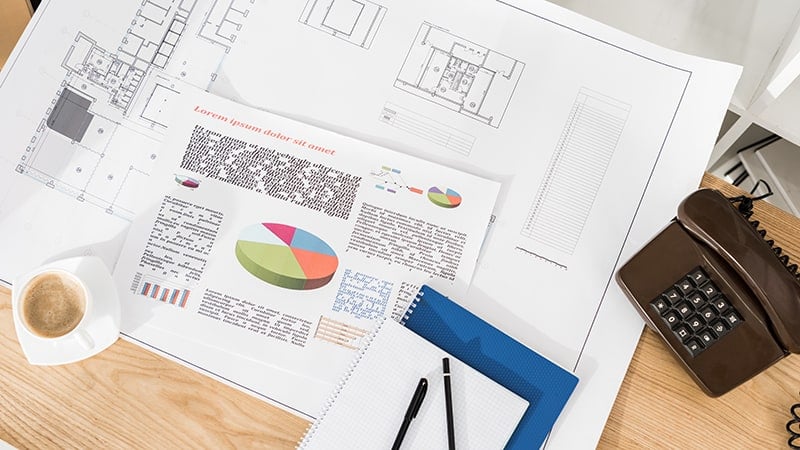I agree with the points presented in this post: there are a lot of good rules for implementing visuals and typing into your report. There are 5 main points made for visuals in your report.
First, the post mentioned labeling, titling, and numbering every graphic. It might seem simple, but it was an important reminder that the simple techniques are what matters, and they make all the difference in the end.

Second, it mentioned placing graphics in the right spot. I agree that this is important because if the graphic is not in the right spot, the reader can easily get confused. I make this mistake in my reports sometimes; this post has helped me pay more attention to it in the future.
Third, it mentioned to introduce and explain each graph. This makes sense because the reader needs to understand what they are looking at before they look and try to analyze the graphics.
Fourth, the post emphasized to document your graphics to help the audience understand the importance and why it was placed where it was placed.
Fifth, it explained the importance of making your graphic stand out. There are many graphics being used throughout a report so it is important to make sure each are identified. You don’t want the audience to miss a graphic that might be really important for the purpose of your report.
Sixth, it touched on making it easy to find the graphics. I believe it is important to make your graphics all easy to find so your reader can understand your report better and have all the necessary information to know what is going on and find the main points the writer is trying to emphasize.
I also took a lot away from the 10 points on typing your reports. I didn’t know which fonts you used were that important in your writing. In the future I look forward to implementing these strategies with typing by using rules such as using different weights of fonts in the same family and making sure to avoid fonts such as comic sans and papyrus .



